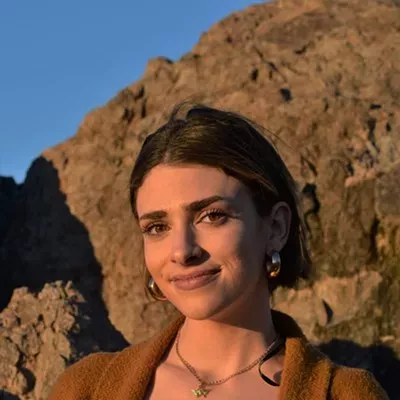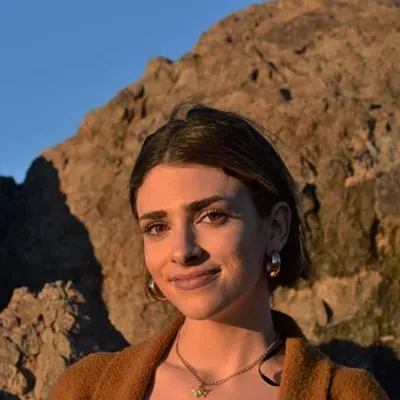Lauded as caffeine in cannabis form, Durban Poison is a cannabis strain that is familiar to many. Beloved for its skunky smell and clear-headed high, Durban Poison is a classic choice — if you can find it.
Before the explosion of wide-scale cannabis operations, cannabis strains were limited to the geographic regions that fostered their optimal growing conditions. Middle East and Central Asia’s craggy mountain landscape encouraged the growth of dense, dark green and purple indica strains. Meanwhile, warm and tropical climates in Latin America and Africa housed the perfect environment for stalky, and light green sativa plants to thrive.
Today, these strains are known as landrace strains. Cannabis history is preserved in unhybridized cannabis plants native to the area in which they grow. Finding it can feel like an impossible feat. What is on the market are creative new inventions; old favorites morphing into something new.
Known as “dagga,” Durban Poison is believed to have originated in South Africa, and was cultivated for medicinal and spiritual purposes by the Khoikhoi, San, and Bantu tribes. When Dutch and British colonization began, European settlers quickly disapproved, and cannabis became another target of colonization.
In “Marijuana, The First Twelve Thousand Years,” author E.L Abel wrote, “Since Europe sat in judgment of Africa, alcohol was rarely given a second thought, whereas the natives’ use of dagga was considered by many to be morally reprehensible. As long as dagga was taken primarily by the Black man, white Africa took little interest, other than amusement, in these peculiar drug cults. When cannabis subsequently took root in their own cities, however, the fear of contamination by such foreign practices began to alarm segments of white society.”
Although the eager counterculture of the 1970s lifted cannabis into the mainstream, cannabis is still shrouded by a complicated and unfair legacy of scapegoating people of color. Yet, currently, the industry ultimately thrives predominantly for those who are wealthy, and white. A study from Marijuana Business Daily found that 81% of business owners are white; while 10% are Black.
Though unintentional, or even nefariously spirited, Durban Poison’s expansion out of Africa follows a similar arc. What was once looked down on by white audiences was now favored. Durban Poison found its fame in Amsterdam, a moment that feels heavy when considered alongside Holland’s role in colonizing South Africa.
In 1970, Ed Rosenthal, a soon to be well-known cannabis cultivator, visited South Africa with a goal to find different cannabis genetics. At 26, Rosenthal’s future in the cannabis industry would prove to be fundamental. He co-founded High Times Magazine, and tirelessly advocated for cannabis legalization.
Rosenthal carefully bred multiple plants from seeds that he had acquired on his trip, eventually giving some plants to another breeder, Mel Frank. Frank played around with genetics to produce higher amounts of resin and quicken the flowering time. Frank created an “A” and “B” version of each stock, and gave the “B” version to Amsterdam breeder Sam the Skunkman. The rest is history.












